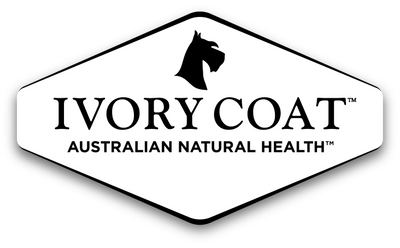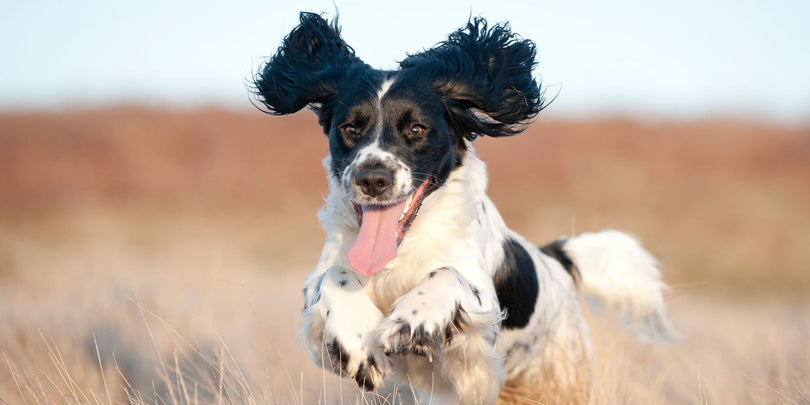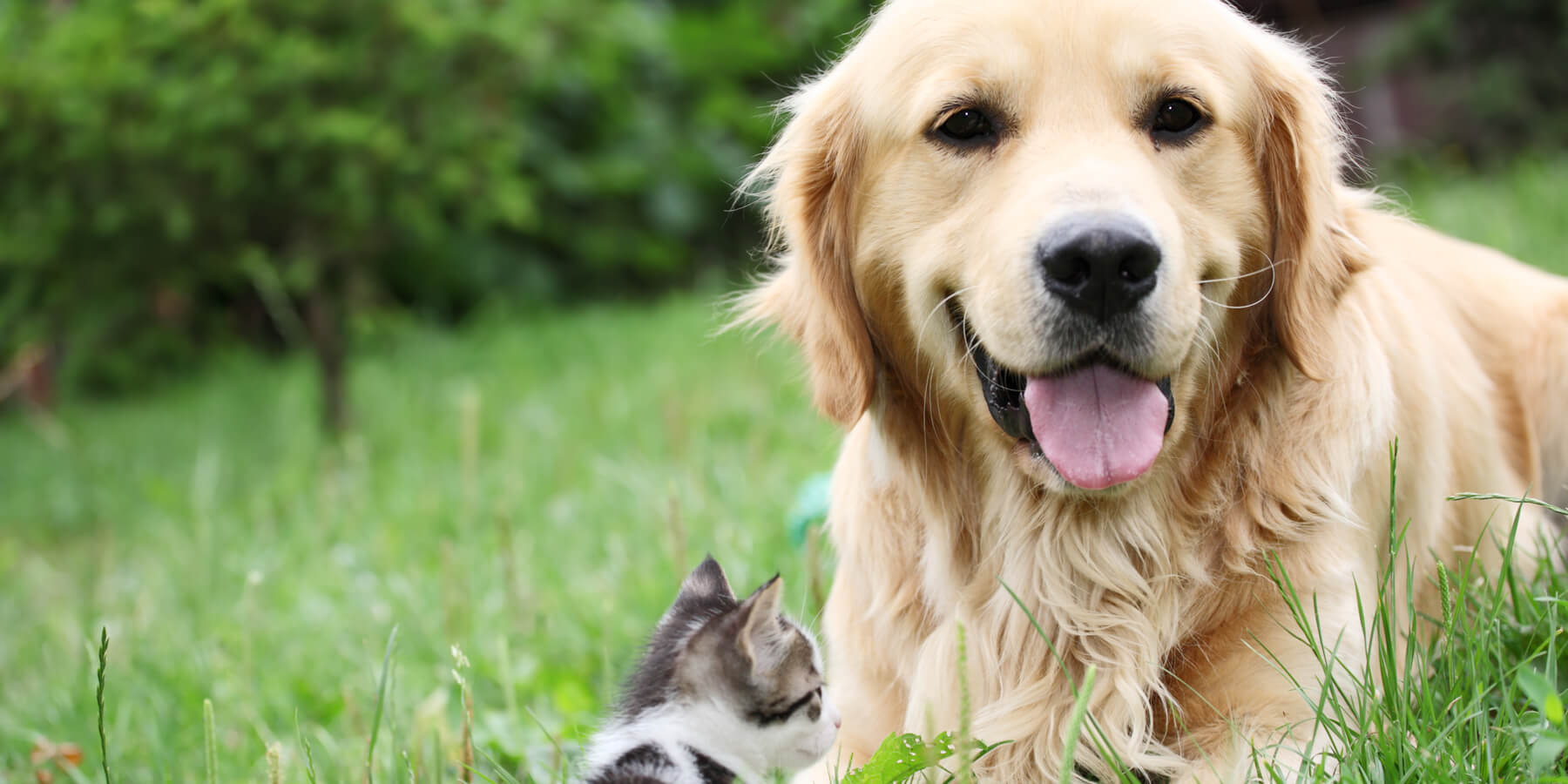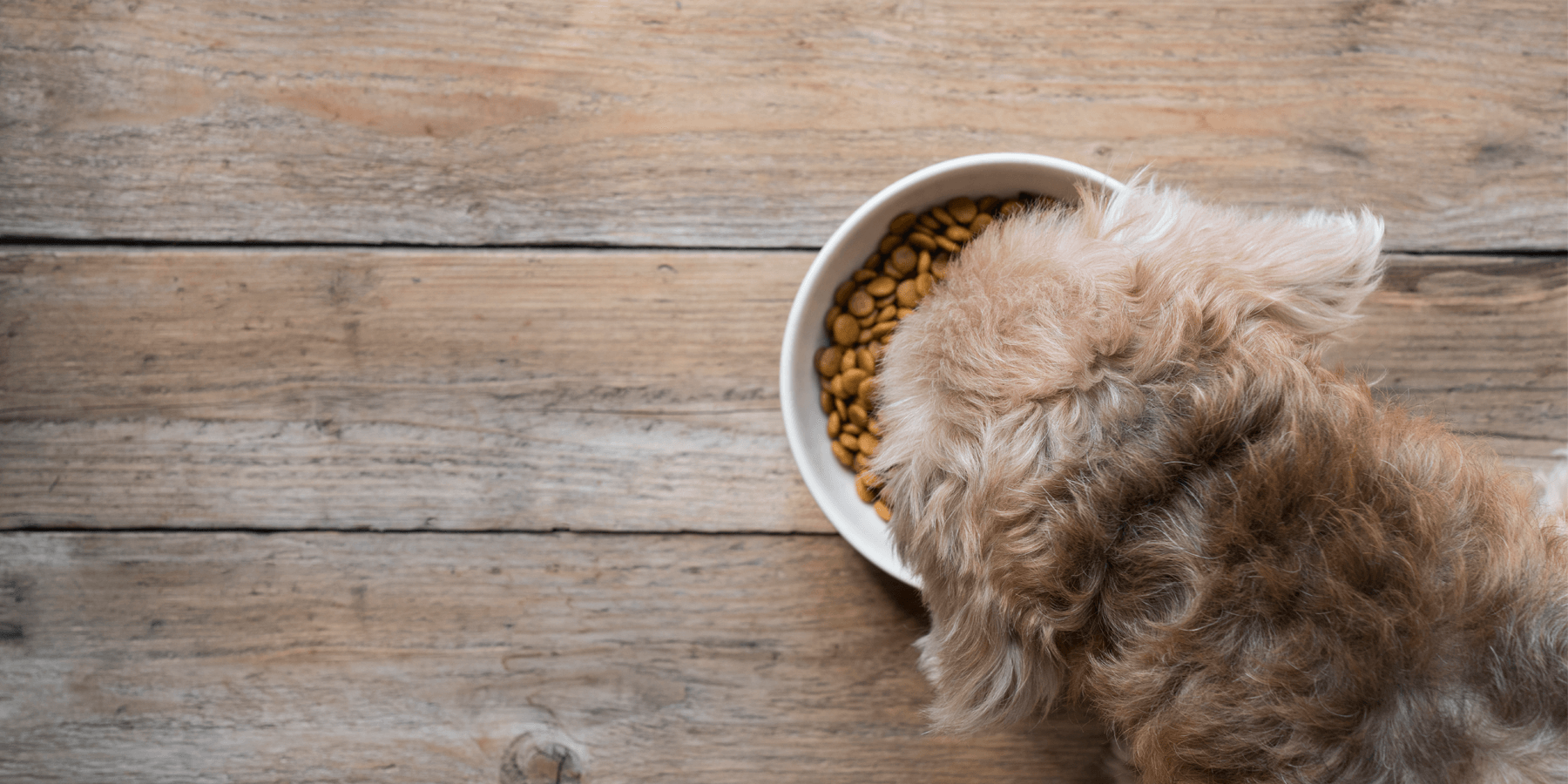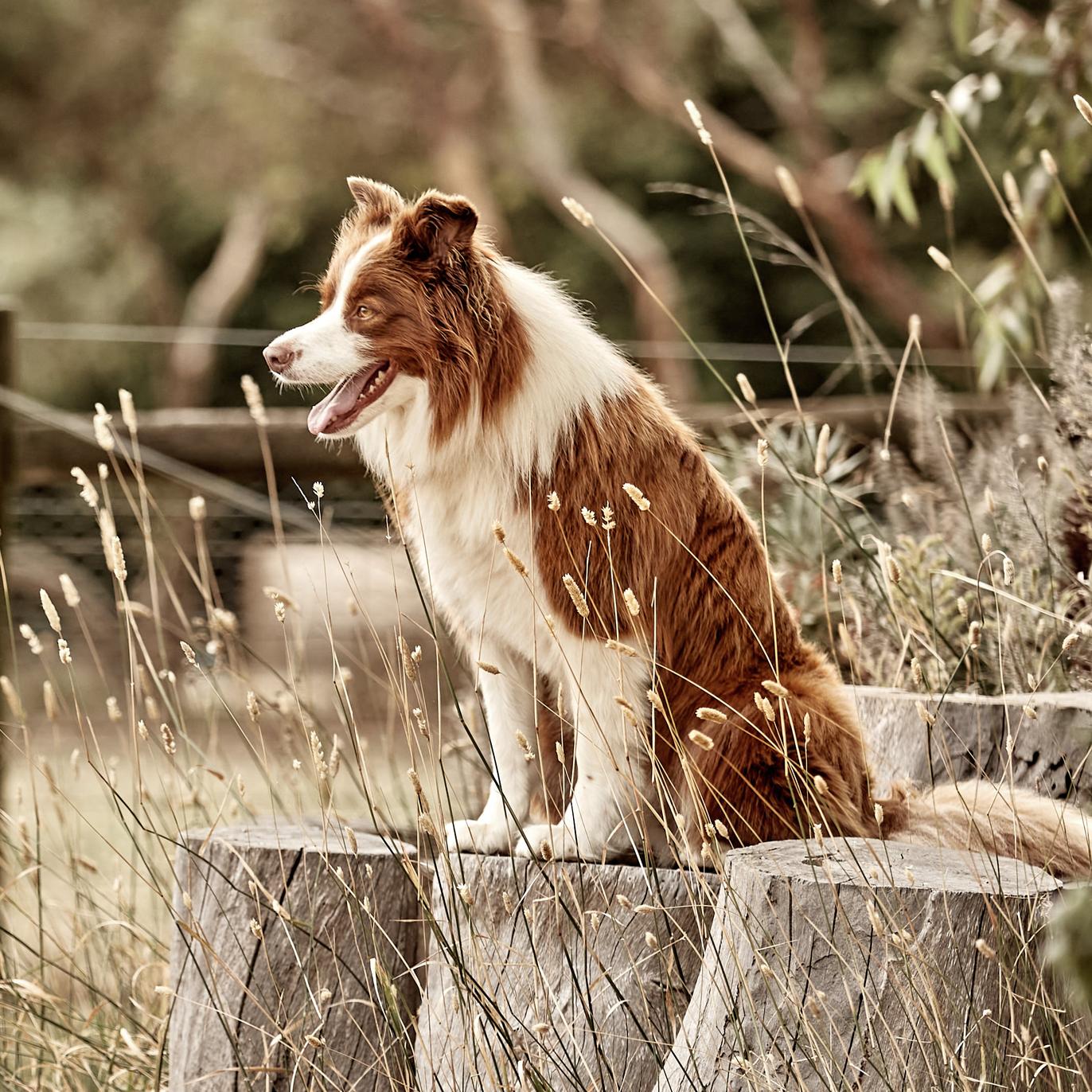There are many reasons for changing your pet’s current diet; your pet may no longer be interested in eating their current food, they may be experiencing digestive issues when fed other foods, or perhaps you’re looking to switch out to a higher quality food such as our wholegrain range from Ivory Coat.
If you’ve made the decision to switch your pet to a new food, it’s important to introduce the new food gradually to reduce the risk of your pet experiencing an upset stomach from a diet change.
Here are a few helpful tips to keep your pet happy and healthy while you transition to a new food:
INTRODUCE NEW FOODS OVER A WEEK
It is generally recommended to introduce any new foods slowly over the course of a week or more for optimal digestion, particularly if your pet is known to have a sensitive stomach.
It is also best practice to slowly transition from one flavour of food to another within the same brand.
It’s recommended you start out by replacing 25% of your pet’s normal food, then move to 50%, then 75%, then 100% over the course of one to two weeks.
CHANGE ONE FOOD AT A TIME
To help you monitor how your pet is responding to their new food, make sure you only introduce one new food at a time to their diet. This will allow you to pinpoint which food may not be tolerated well if your pet has a digestive upset.
INTRODUCE MIXED FEEDING SLOWLY
If your pet only eats dry food and you would like to introduce mixed feeding (a combination of chilled or wet and dry formats), you will need to do so slowly.
When adding in a new chilled or wet food, start off by mixing a small amount into their dry food, and gradually increase the amount over seven days. Remember to reduce the amount of dry food fed if you are feeding more than one food. You can use our feeding guides and Food Check Tool [insert link] to help you work out how much to feed.
Offering your pet a variety of foods makes meal times interesting and exciting. Our wet and chilled foods can each be fed as the sole diet as they are complete and balanced options, however they can also be incorporated into a mixed feeding regime alongside our Ivory Coat dry foods and used as a topper.
If you find your pet has a stomach upset from the new chilled or wet food, discontinue feeding it and gradually try an alternate flavour.
KEEP AN EYE ON YOUR FOUR-LEGGED FRIEND
Keep a close eye on your pet, including their activity level, behaviour and motions (stools) when introducing new foods into their diet.
If your pet experiences any symptoms of a gastrointestinal upset such as vomiting, diarrhoea, lethargy or inappetence it is recommended to contact your vet and/or go back to feeding the previously well tolerated amount of new food mixed in with the current food and monitor your pet closely to ensure they improve.
Some pets may need a slower transition period than others, and it is possible that some pets may not be able to tolerate certain foods or ingredients in their diet at all. If you are finding your pet cannot tolerate a certain foods very well it is best to contact your vet for advice. It is important to feed your pet according to their ideal body weight or as recommended by your veterinarian.
